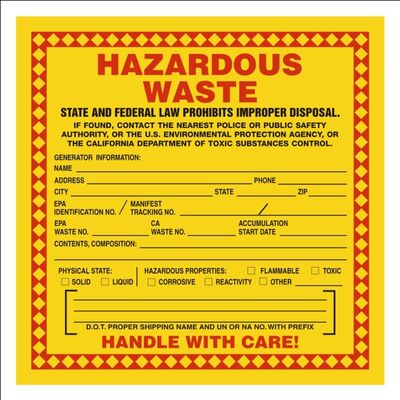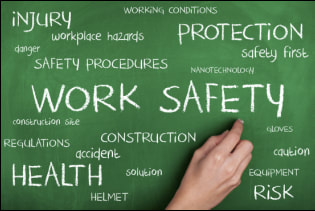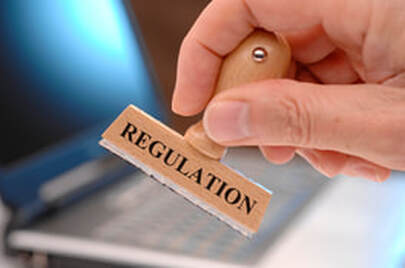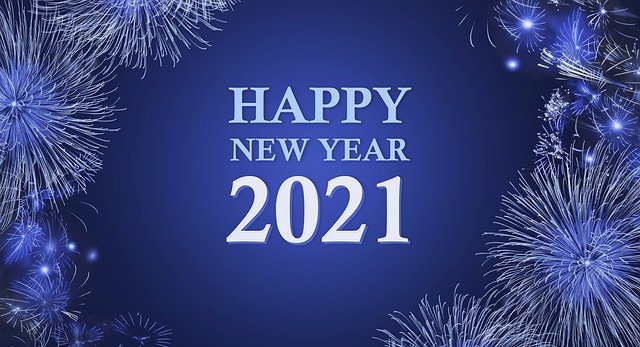Some of the biggest changes in the rules include:
Generator Category Name Change – Knowing where your operation falls in the regulations is important to navigate the regulation. The adoption of GIR replaced the old category Conditionally Exempt Small Quantity Generator with Very Small Quantity Generator (VSQG). Remember, each type of generator has a different set of waste management requirements. Suffice it to say that VSQGs have fewer requirements than do LQGs. Labelling - VSQGs must label their containers that contain hazardous wastes to identify the contents, while SQGs and LQGs must label hazardous wastes containers with the words “Hazardous Waste”, the waste codes, accumulation start date and another label or marking identifying the hazard associated with the waste. SQG Re-Notification: SQGs are now required to re-notify EGLE every 4 years regarding their generator status. The re-notification must be completed by September 1st of the 4th year. SQGs who have not previously notified EGLE must complete the Site Identification form (EQP-5150) and submit it to EGLE by September 1, 2021 or earlier if an ID number is needed for manifesting hazardous waste. Waste Determination: Each hazardous waste must be characterized, meaning a generator must determine if any of its waste streams are considered hazardous waste. The information gathered during the characterization process must be documented and kept for 3 years. Information used to characterize waste can include knowledge of the process generating the waste, analytical results from sampling the waste, and SDSs from raw materials that went into generating the waste, among other things. Aerosol Cans – For generators in Michigan, this is a big change. Now, aerosol cans can be classified as Universal Waste rather than hazardous wastes, as long as aerosol cans are managed in accordance with the Universal Waste Rules. The rules include requirements for labelling and managing of containers, defines aerosol can processing, and includes recordkeeping and training requirements. Some general universal waste requirements that apply to aerosol cans include:
There are some other advantages to classifying aerosol cans as universal wastes rather than hazardous wastes. Aerosol can puncture systems are cost-effective options. The company will likely save money by separating the can from the liquid rather than merely sending partially full aerosol cans off as hazardous waste. A puncture system removes liquids from the aerosol cans and accumulates it in drums and the aerosol propellent is absorbed into the can puncture system filter, and the empty aerosol cans are then placed in the scrap metal bin. In addition, EGLE has established air permitting exemptions for on-site puncturing of miscellaneous and surface coating hand-held aerosol cans. Episodic Waste Generation Events – Making the regulation more flexible for generators and to resolve a historic problem facing many VSQGs and Small Quantity Generators (SQGs), the GIR allows a company to temporarily exceed its monthly generator quantity without bumping the company into a more stringent generator category. Some of our clients are excited about this change because oftentimes after a plant clean-out or a production change, they are left with more hazardous waste than they would normally generate. Sometimes a spill creates an unplanned quantity of cleanup debris that must be managed as hazardous waste. This unplanned event often bumps a company into a more stringent generator category. Previously, if a generator were to exceed a monthly generation rate threshold for its generator class, the company had to comply with all of the rules for the more stringent generator classification. Now, using the Episodic Waste Generation Event, a generator can exceed its generator classification threshold once per year without being thrust into the more stringent regulatory category. Of course, there are a few conditions that must be met in order to qualify for the Episodic Waste Generation event:
Waste Consolidation – Another new rule that provides more flexibility is waste consolidation. A company that owns and operates a VSQG facility and a Large Quantity Generator (LQG) facility can consolidate the VSQG facility’s wastes at the LQG facility if both facilities are under the control of the same person (as defined in the rule) and they meet certain conditions: Some VSQG conditions include:
LQGs must meet the following conditions:
These are just some of the highlights of the new GIR. Here is a Link to the EGLE HW GIR page where you can read more. If you have questions regarding the new requirements and how they can benefit your operation, please contact one of us at SRM and we will help you navigate your way through the new rules. (231) 288-1076.
even months after an incident occurred that can affect the “days away,” “transfer” and other information on the log. Tier 2 Reports – Has your company started any new processes this past year? Are there any new chemicals stored on site? If so, determine the quantities and how and where the materials are managed on site. Now is a good time to update your chemical inventory so that you are ready and able to prepare your Tier 2 Report. Tier 2 Reports are due March 1, 2021. And, don’t forget, a thorough and accurate chemical inventory supports other programs like Right-to-Know, oil and chemical spill prevention (SPCC and PIPP) and storm water pollution prevention. Air Permit Reports – Depending on your emission units and permit terms and conditions, you may have monthly, quarterly, semi-annual or annual reports to submit. It is a good idea to check in with the staff responsible for collecting data to ensure it is complete and accurate and that the data will be available when needed. Toxic Release Inventory – TRI reports aren’t due until July 1st. And although you still have some time, it is always a good idea to get a jump start on collecting necessary data, which can be time consuming and cumbersome. If you already know that chemical quantities exceed thresholds, start ordering 2020 data or reports from appropriate company departments and vendors now so you have plenty of time to assemble and analyze the data to prepare the TRI report and submit it on time. If you are unsure whether TRI Reporting is required, the first step is to conduct an Applicability Determination to identify whether regulatory thresholds have been exceeded. This activity examines the raw materials, processes and wastes generated by a facility and compares the results with the regulatory thresholds. If thresholds are exceeded, then a TRI report Form A or Form R are required. Online Reporting Access – Just like the fire department wants you to check the batteries in the smoke detectors at home during the New Year, it is also a great time to check your usernames and passwords to make sure they are current and still work so that your online access is not interrupted when you go to enter your data. Some agencies even require you to change your password annually. The new year is also a good time to make sure that everyone at the facility involved in the reporting process still knows their login information and how to use it. Getting these items resolved now will help avoid headaches as you approach reporting deadlines. If you have questions about reporting or applicability of regulations,
give us a call at (231) 288-1076. We are happy to help! |
|





 RSS Feed
RSS Feed
